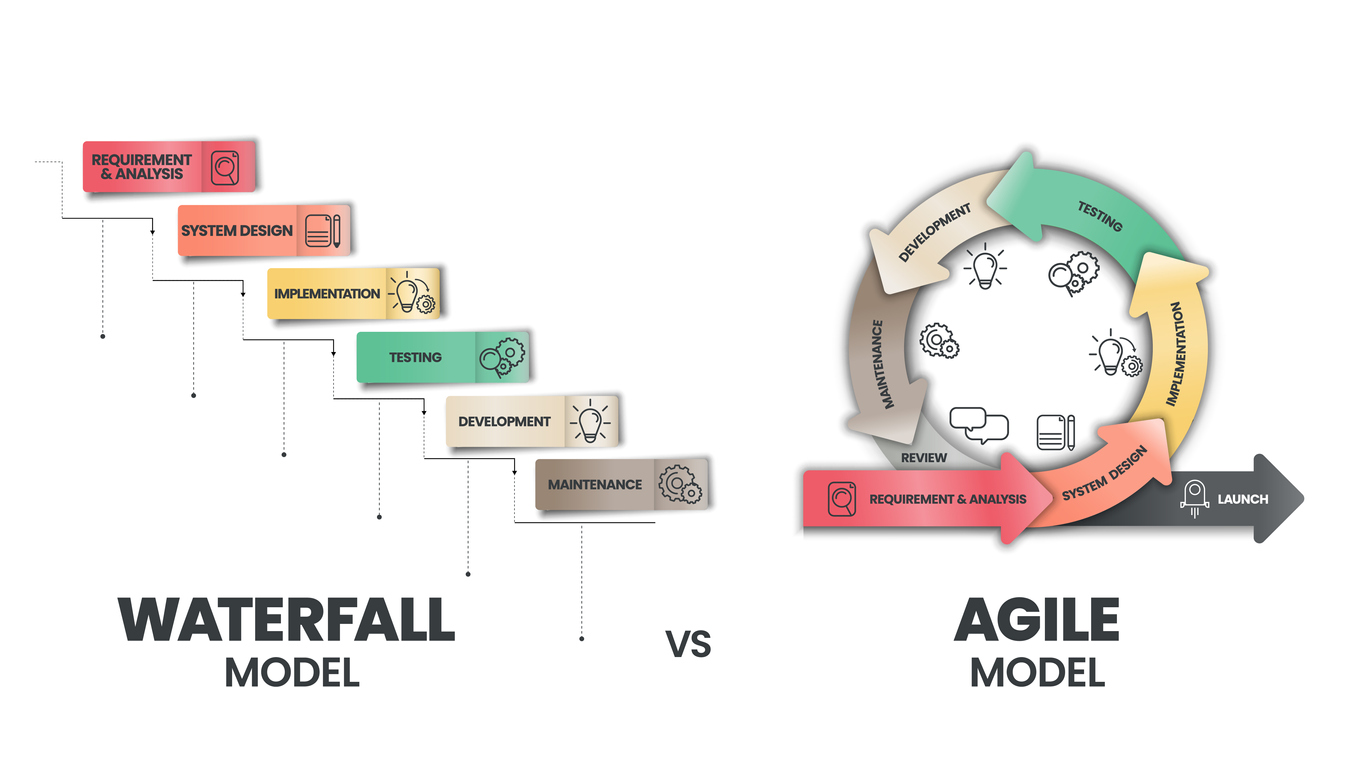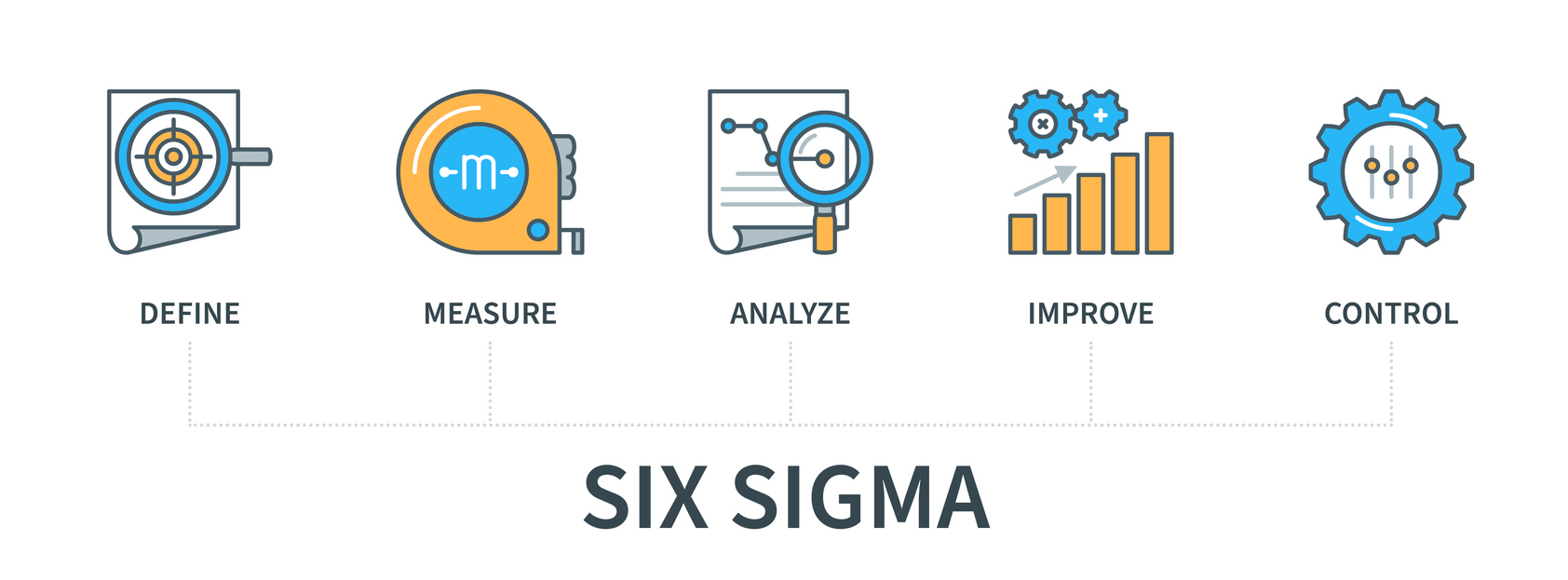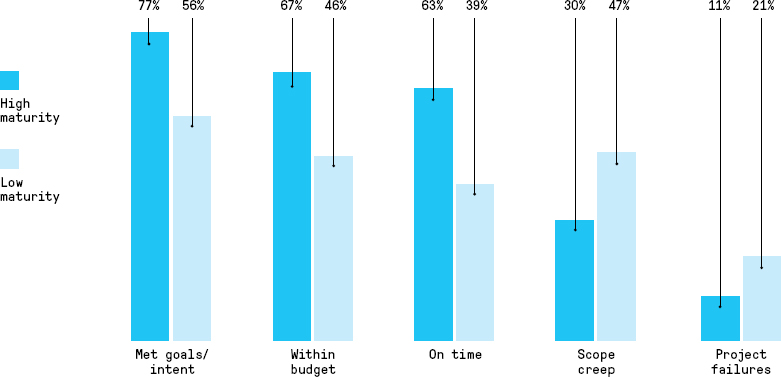Planning for a new Salesforce project can be an exciting time for stakeholders, particularly if an organization has just invested in a new tool with powerful potential, like Salesforce CPQ or Marketing Cloud.
But don’t get lost daydreaming about the future just yet. Before you can leverage that new Salesforce product (or custom process, or integration, or new marketing asset, the list goes on—), there’s a far more pressing need: determining how you’ll get this project off the ground and seen through to completion, and who will help you along the way.
If you choose to work with a Salesforce agency or consultancy (as we’d recommend), you’re bound to meet and interact with many important contributors along your journey, including developers, strategists, and consultants (among many potential others), but the most important person in regards to your project’s success—without question—is your project manager.
No, a project manager does not (typically) deploy code, install packages, build flows, or develop assets. Their role has far more at stake; it’s their job, after all, to ensure your development and/or implementation process is seamless from start to finish.
Now—bear in mind—where Salesforce projects are concerned, seamless doesn’t necessarily mean that your project will be altogether devoid of problems, that no blockers or obstacles will arise, or that no mistakes will be discovered during testing. It does not mean that every deadline will be hit with robotic precision, or that your original estimate will never be changed or adjusted.
A seamless implementation process, rather, ensures that the experience for all involved parties is smooth and coherent, that problems or blockers are quickly flagged and identified to stakeholders, and that issues detected during testing are quickly resolved. It means that if the timeline or any related deadlines need to shift, an explanation will be provided and a conversation will occur.
Ultimately, it means that your specific project entity will—wherever and whenever possible—be kept on target, within scope, and treated as a priority. It means that stakeholders will walk away from the project’s completion with high levels of satisfaction and confidence.
As for how a project manager can accomplish all this, let’s do a bit of a deep dive.
The Nature of Salesforce Projects
Before we can discuss different project management methodologies, it’s important to briefly touch on the nature of Salesforce CRM projects and their complexities.
No two Salesforce projects are the same. Every day, we receive a wide-ranging multitude of requests, from fully customized Salesforce Service Cloud implementations (with all the add-ons, please) to Marketing Cloud Account Engagement audits and evaluations. Each project requires different project teams, plans, resources, types of developers, and people to supervise the process.
And because all Salesforce projects involve multiple moving parts and considerations (even the “easy” ones), all Salesforce projects must be carefully and thoughtfully managed, with great attention to detail.
Overview of Project Management
At its core, project management is the usage of specific skills, tools, and techniques to deliver successful outcomes and reliable results to clients.
Professionals with this responsibility are known as project managers, though it should be noted that project managers often wear more than one hat, and it wouldn’t be uncommon to meet a consultant who later goes on to manage the same project they scoped and consulted on.
Of course, everyone that manages their own clients and workload is doing a form of project management (of their own design), but complicated projects require a bit more sophistication, and you’ll be better off working with a true project manager that leverages well-tested and trusted methodologies to deliver you the best possible results.
What a Salesforce Project Manager (Should) Oversee
While there are indeed many different styles of project management, a few aspects of this role and responsibility remain constant.
At a minimum, your Salesforce project manager should oversee at least five stages of your project’s life cycle, regardless of the project management system they choose to use.
1. Requirement & Analysis
During this concept phase, your project manager will work with your team to broadly define the project and its goals, prioritize tasks, schedule discovery meetings to ensure they have all the information they need about your company and internal business processes, identify the stakeholders, and make introductions between team members.
Once all the relevant details have been collected, project time and cost will be estimated as best as possible (understanding, of course, that all projects involving Salesforce cloud platforms are subject to change as they progress).
2. System Design
During this phase, a Salesforce project manager will meet with their DevOps manager(s) and development team to assign tasks and allocate project resources, review bandwidth and existing workload, and make sure everyone is aligned on the path forward.
With the team in place, the design process can begin. The development team will begin to design their solutions for related tasks. System Design, (also known as inception) typically involves additional input from stakeholders to verify that the solutions meet the requirements defined in the previous phase.
3. Implementation
Finally, the real work begins. Developers will begin building out the solutions or assets defined in the scope of work, and the project manager will regularly check in with them for updates on task statuses.
Your project manager should—at this stage—be consistently communicating with you about what has been completed, outstanding items, and any expectation of changes to either scope or timeline. If the project becomes blocked or delayed, your project manager should notify you and work with you toward a solution.
4. Testing
Once the project enters the testing phase, the final product is nearly ready to be released. The quality assurance (QA) team will first perform functional tests to ensure that the solutions or improvements work as expected.
Developers will quickly address any potential defects or bugs. This phase may also include user training, which can require documentation.
Once all this has been completed, the final version of the product can be deployed into production.
5. Maintenance
Now, the new changes, processes, and/or assets will be fully deployed and available for users. This will move the project into a maintenance phase. The development team will continue to support the system, and will be available to provide additional training. The client may also choose to continue to update the product over time with new features and upgrades.
Project Management Features and Methodologies
Waterfall
The Waterfall approach manages project tasks in a sequential fashion, which is a decent fit for Salesforce projects with objectives and phases that are unlikely to change (hint: with most Salesforce projects, this is rarely the case).
Each phase must be completed before the next phase begins, which doesn’t allow for many tasks to be worked on in parallel.
A great example of a type of project that the Waterfall approach works well for is construction, where walls cannot be placed before the foundation has been completed. Each phase is interdependent, and therefore must be completed in sequence.
Some technology projects (including ones involving Salesforce CRM) are managed through this project management style, particularly those with task dependencies that must be deployed before the next one can be started.
One big disadvantage of this style, however, is that one serious change to the project plan or scope can derail the plan and timeline entirely, and the so-called “Waterfall” typically needs to be rebuilt or reorganized.
Agile
The Agile approach to project management is more common and more popular in the technology world as it allows for greater flexibility, and—you guessed it—agility. Agile project management allows for quick development cycles and often includes daily interactions and status checks amongst team members.
Rather than focusing on a primary deliverable at the end of the project as you’d see with the Waterfall approach, Agile project management is comprised of many small deliverables accomplished throughout the course of the project.
The Agile approach also allows stakeholders an opportunity to provide immediate feedback, which in turn helps project managers make adjustments on the fly.
When it comes to a Salesforce project—particularly a large-scale implementation with a lot going on—this approach leaves the project plan open to change and continuous improvement at all times, leading to better quality results and higher satisfaction amongst stakeholders.
As a bonus, the Agile approach to project management was initially created for and used by the technology and software industries, which means it is well-suited for Salesforce development projects.

Scrum
Scrum, in truth, is not all that different from Agile. It features quick development sprints, usually referred to as “scrum sessions.” Teams are small and focus on specific tasks, confident they can rely on one another’s feedback and input during daily sessions and make changes as they’re needed.
In this way, Scrum emphasizes cross-department alignment, and collaboration, and allows for priorities to shift and change as members of the team meet and as the project evolves and progresses. The primary difference between Scrum and Agile is this greater focus on project collaboration and quick, set time frames.
Project Managers employing a Scrum approach to Salesforce project management are responsible for clearly communicating responsibilities and obtaining critical feedback from their team, as well as encouraging team members to communicate openly and frequently with one another.
Scrum can often be a good fit for the later stages of a complicated project, where less planning and structure are required—for example, when developers and users are actively engaged in UAT and can provide a near-constant stream of feedback that will shape the path forward and/or the creation of any new, previously unanticipated tasks not included in the original scope.
Six Sigma
Six Sigma is a method that identifies and addresses weaknesses in processes that can hinder efficiency or lead to more errors than ideal.
This large-scale project management system is typically used to manage projects with broad operational goals, such as when an organization seeks to leverage its customer relationship management platform to improve or redesign sales or marketing processes by trying to eliminate waste, increase productivity, and use data more effectively.
The steps of Six Sigma are often referred to as DMAIC, which stands for:
- Define
- Measure
- Analyze
- Improve
- Control

Six Sigma has been used (successfully) by many large companies, including Bank of America, Xerox, and Amazon, to improve efficiency and save money over the years.
Utilizing Six Sigma philosophies, a Salesforce project will help you visualize the journey of your product or service from conception and will help you identify ways to improve efficiency and quality.
Strategic
The Strategic methodology is unlike Scrum, Agile, and even Waterfall in that it puts its greatest emphasis on broader, long-term strategic initiatives. Strategic project managers often work with management within the client organization to better understand the company’s high-level goals and plans, and then review existing projects and tasks to determine whether or not they align.
Companies that wish to make big, impactful changes to their organization’s operational, marketing, and/or sales initiatives may benefit from hiring a Strategic project manager, as they will help determine the organizational value of all existing processes and plans and provide thoughtful guidance around prioritization and/or restructuring.
This style can yield powerful results, but it can also add many layers of complexity to smaller projects already in motion, frustrating the teams involved and preventing the projects from ever getting off the ground.
With this in mind, it’s helpful to plan when you will involve a Strategic project manager in your business if you decide you need one; try to time a Strategic project manager’s entrance to coincide with the closing of large development projects, not right as they’re rapidly underway or about to begin.
Choosing the Right Project Management Style for your Salesforce Project
By now, one thing should be fairly clear: there is no one-size-fits-all approach that’s going to work for all projects, all people, all the time. What works—and works great—for one project and for all its team members could be a consummate disaster when used in the same manner on another project and set of stakeholders.
We said it at the beginning of this article and we’ll say it again: no two Salesforce projects are the same—ever. The industries and database sizes might be the same, but the personalities of the team members will be different. The products and general requirements might be similar, but the timelines will be on entirely different spectrums.
One team might have an established pattern of meeting daily and providing frequent feedback and ideas to one another, whereas a different team might prefer meeting asynchronously and communicating only when truly necessary. One client might have a lot of red tape to contend with, whereas another client might enjoy a total “wing it” philosophy.
None of these attributes or approaches to work are wrong— just different. And different personality types and project needs necessitate different approaches. A high-quality project manager will take these factors into consideration before prescribing a project management approach for your individual team and project. And as always, if you disagree with their suggestion—feel free to push back. Good project managers should also be flexible and willing to meet you where you are.
No matter how you and your project manager choose to handle your project, remember that nothing is set in stone; if a certain system or methodology isn’t working for you, try out something different (while trying to keep your timelines from shifting too much, of course).
When Salesforce Project Management Goes Badly
According to the PMI’s 2020 Pulse of the Profession report, organizations waste 11% of their investment due to ineffective or poorly managed projects. Unsurprisingly, the same report highlights that organizations with “high project maturity” experience greater project success.

At a high level, this makes sense—but what does a poorly managed Salesforce project look like?
Because your project manager is charged with overseeing the entire project and all the developers working on it, a project-gone-bad be pretty ugly. We’ve personally heard reports of:
- High levels of client-team dissatisfaction
- Poor communication
- Bad, messy, and/or duplicate data (or worse yet, data deletion with no backup!)
- Unintended customer-facing mishaps
- Confusion over roles and responsibilities (who is supposed to be doing what, again?)
- Time and money wasted on unnecessary tasks, procedures, tests, contractors (you name it)
- Poor user training and adoption
- Delayed and constantly shifting timelines
- The consistent inconvenient arrival of project “blockers” that really should have been identified and called out during discovery and planning
- Broken or inefficient functionality
- Unexpected impact on unrelated automation or processes
In other words—disappointment, from start to finish.
Parquet Development’s Project Management Style
Our internal project managers approach all projects with the same general process, but different projects are managed with different methodologies. Our core process for building customer-centric projects includes the following four basic steps, and then is modified or strengthened with additional phases or steps as needed.
Discover
We gather all the information we need to understand your project’s vision and goals.
Scope
We provide a detailed outline of the project, including timelines and deliverables.
Develop
Using Agile, Scrum, and/or Lean Six Sigma methodologies, we get to work.
Deploy
Tests passed? Users trained? We’re ready to go live!

Our project managers are partial to Agile, Scrum, and Six Sigma, but they’re also flexible and willing to work with you to decide on the project management system that works best for your organization and your project.
Whatever your Salesforce goals might include (whether that’s simply customizing Salesforce, enabling extra features, building customizable dashboards, or implementing entirely new tools, products, or integrations), your team will benefit from a project manager who will provide you with the right solution.
Ready to speak to one of our project managers? Contact us here.



